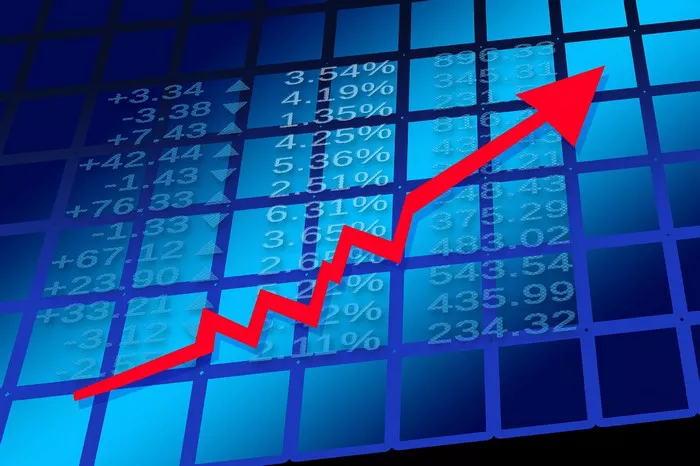Gold, with its timeless allure and intrinsic value, has been a beacon for investors seeking stability and long-term wealth preservation. Over the last three decades, the price of gold has witnessed significant fluctuations, responding to a myriad of economic, geopolitical, and market dynamics. In this comprehensive exploration, we’ll embark on a journey to understand how much gold has gone up in the past 30 years, unraveling the historical trends that have shaped its value.
1. The Golden Timeline: A Glimpse of Gold’s Journey Over Three Decades:
Early 1990s: The 1990s marked a period of economic expansion, and gold prices were relatively stable. The end of the Gulf War and the dot-com boom characterized this era.
Early 2000s: The dawn of the new millennium saw a shift in gold prices, triggered by the bursting of the dot-com bubble, the 9/11 attacks, and subsequent geopolitical tensions. Gold began its ascent as a safe-haven asset.
Post-2008 Financial Crisis: The global financial crisis of 2008 led to a surge in gold prices as investors sought refuge amid economic uncertainties. This period marked a significant turning point in gold’s value trajectory.
2011 Peak: Gold reached a historic peak in 2011, soaring to around $1,900 per ounce. Factors like economic uncertainties, low-interest rates, and concerns about currency devaluation contributed to this peak.
Post-2011 Correction: Following the peak, gold experienced a correction, influenced by a stabilizing global economy and changing monetary policies. Prices retreated but remained above pre-2008 levels.
Recent Years: The subsequent years witnessed a fluctuating pattern, with gold responding to geopolitical events, trade tensions, and the impact of the COVID-19 pandemic. In 2020, gold prices surged again amid economic uncertainties and global stimulus measures.
2. Understanding the Driving Forces Behind Gold’s Price Movements:
Inflation Hedge: Gold is often viewed as a hedge against inflation. Periods of rising inflation tend to coincide with increased demand for gold as investors seek to preserve their wealth.
Interest Rates: The relationship between gold and interest rates is intricate. When interest rates are low, the opportunity cost of holding gold decreases, making it more attractive. Conversely, higher interest rates may dampen gold demand.
Geopolitical Tensions: Gold’s historical role as a safe-haven asset comes to the forefront during times of geopolitical uncertainty. Events like wars, conflicts, or political unrest can drive investors towards gold.
Currency Devaluation Concerns: Gold is seen as a store of value, particularly when concerns about currency devaluation arise. As fiat currencies weaken, gold often gains appeal as a reliable alternative.
3. The Role of Central Banks and Monetary Policy:
Central Bank Reserves: Central banks hold significant gold reserves, and their buying or selling activities can impact gold prices. Shifts in monetary policies also play a crucial role in influencing gold’s value.
Quantitative Easing: Measures like quantitative easing, where central banks inject money into the economy, can impact inflation expectations and contribute to increased demand for gold.
4. Technological Advancements in Gold Trading:
Electronic Trading Platforms: The advent of electronic trading platforms has transformed the gold market. Investors can now engage in gold trading more efficiently, contributing to increased liquidity and price discovery.
Algorithmic Trading: Algorithmic trading has become prevalent in the financial markets, including gold. Automated systems respond swiftly to market conditions, influencing short-term price movements.
Conclusion: Decoding the Golden Legacy of Three Decades:
In conclusion, the journey of gold prices over the past 30 years reflects the intricate interplay of economic, geopolitical, and market forces. From periods of stability to peaks triggered by crises, gold has remained a steadfast presence in the investment landscape.
As we reflect on the historical trends and driving forces behind gold’s value, it becomes evident that its allure goes beyond mere monetary value. Gold’s resilience as a safe-haven asset and store of value has stood the test of time, making it a perennial choice for investors navigating the uncertainties of the global economic landscape.
While past performance is not indicative of future results, understanding the historical context allows investors to make informed decisions in an ever-evolving financial environment. The legacy of gold over the last 30 years serves as a testament to its enduring appeal and its ability to shine brightly, even in the face of economic storms.

